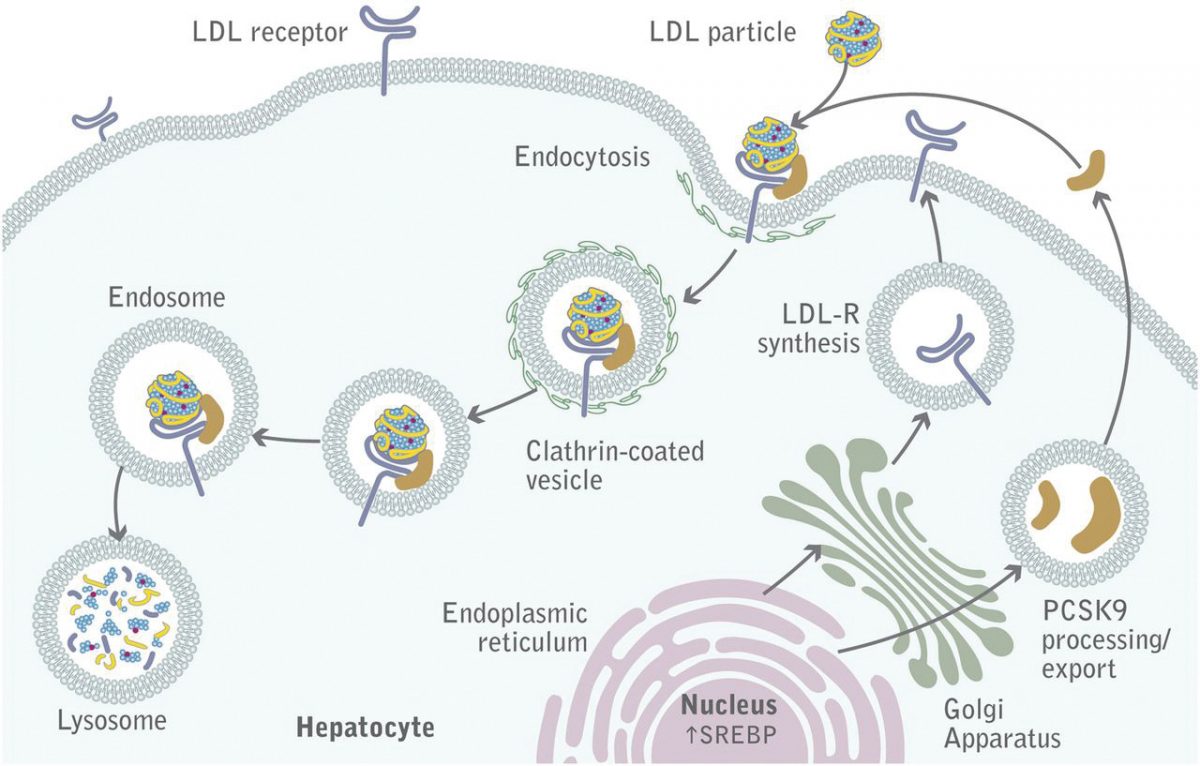From Mosquitoes to Heart Disease: The Role of Gain of Function Mutations in Human Health

If you were to delve into a quest to identify the non-human entity that causes the most human deaths globally, the answer might astound you. It’s neither the terrifying crocodile nor the mighty shark. Not even domesticated animals such as cows or dogs claim this infamous title. Instead, it’s the minuscule mosquito, a tiny creature with a deadly secret: it’s the primary vector for transmitting malaria. This disease continues to be a significant cause of mortality worldwide, especially in resource-limited settings.
Moreover, it’s well-documented that the genetic mutation causing sickle cell anaemia, a debilitating disease, is surprisingly prevalent in regions where malaria is endemic. This mutation, though leading to sickle cell disease, confers increased resistance to malaria, a clear demonstration of a ‘gain of function mutation.’ Essentially, this is an evolutionary trade-off, sacrificing one aspect of health to bolster another.
Following this fascinating journey of genetic mutations and their impact on disease, recent research has spotlighted another gain of function mutation, this time possibly linked to coronary artery disease, a prevalent global health problem. Could this discovery explain why so many individuals suffer from this condition?
A Closer Look at Cholesterol and Heart Disease
To delve deeper into this topic, it’s crucial to understand coronary artery disease’s primary villain: a substance known as LDL or ‘bad cholesterol’. LDL, or low-density lipoprotein, is a type of blood fat that, when present in high levels, contributes to the development of atherosclerosis, a condition where plaque builds up in the arteries, narrowing them and increasing the risk of heart attack and stroke.
Half of the risk for coronary artery disease is associated with high levels of LDL cholesterol. For decades, researchers have sought to understand why so many people have high LDL cholesterol levels. Could the answer lie in our genetic code, just as it does for sickle cell anaemia and malaria resistance?
PCSK9: A Key Player in Cholesterol Regulation
In the quest to answer this question, researchers turned their attention to a protein called Proprotein Convertase Subtilisin/Kexin type 9, or PCSK9 for short. This protein plays a critical role in regulating cholesterol levels in the body.
Under normal circumstances, LDL cholesterol is carried in the bloodstream until it reaches the liver cells, or hepatocytes. Here, LDL binds to LDL receptors on the hepatocytes, which then ingest and break down the LDL, effectively removing it from the bloodstream. PCSK9 is involved in this process as it binds to LDL receptors and promotes their degradation, reducing the liver’s capacity to clear LDL from the bloodstream. Therefore, high levels of PCSK9 mean fewer LDL receptors, less LDL uptake by the liver, and consequently higher LDL levels in the blood.
Unraveling the Genetic Puzzle
Digging deeper into PCSK9 and its role, researchers have discovered that several genetic mutations increase PCSK9 levels in the body. These mutations are surprisingly common, and individuals carrying them often have high LDL cholesterol levels. Recent research, yet to be fully published, reveals that, just like the sickle cell anaemia mutation confers resistance to malaria, these PCSK9 mutations might once have increased resistance to certain bacterial infections at the cost of elevating LDL cholesterol.
The association between LDL cholesterol and bacterial infection resistance seems perplexing initially. However, it’s important to remember that all cholesterol isn’t inherently ‘evil.’ Apart from being a key component of our cells’ membranes, cholesterol-rich molecules have a crucial role in our immune response. For example its components can bind to and neutralise various bacterial toxins, rendering them harmless to our cells.
By enhancing PCSK9 activity and increasing LDL cholesterol levels, these gain of function mutations could have given our ancestors a survival edge, helping them ward off potentially lethal bacterial infections. Over time, as these mutations passed down generations, they might have become more prevalent, contributing to the widespread issue of high LDL cholesterol and coronary artery disease we observe today.
Looking Ahead
The discovery of the potential link between PCSK9 mutations, high LDL cholesterol, and coronary artery disease provides exciting new insights into our understanding of this pervasive health issue. It highlights the complexities of our genetic code and the intricate trade-offs that have shaped human health and disease over millennia.
However, like any scientific discovery, this revelation is just the beginning of a longer journey. The next step involves designing interventions that can target these PCSK9 mutations, reduce LDL cholesterol levels, and potentially lower the risk of coronary artery disease.
As our knowledge about the intricate workings of our body expands, we can better tackle diseases that have plagued humanity for centuries. The connection between PCSK9 and coronary artery disease underscores the necessity to integrate genetics into our approach to health and disease. Just like the mosquito has shown us the devastating power of malaria, our genetic code may hold secrets that can unlock new avenues in disease prevention and treatment.
Remember, the more we understand these genetic trade-offs, the more empowered we become to intervene, mitigating their adverse effects and harnessing their potential benefits. Indeed, the exploration of our genetic heritage might be the key to safeguarding our health in the future.
